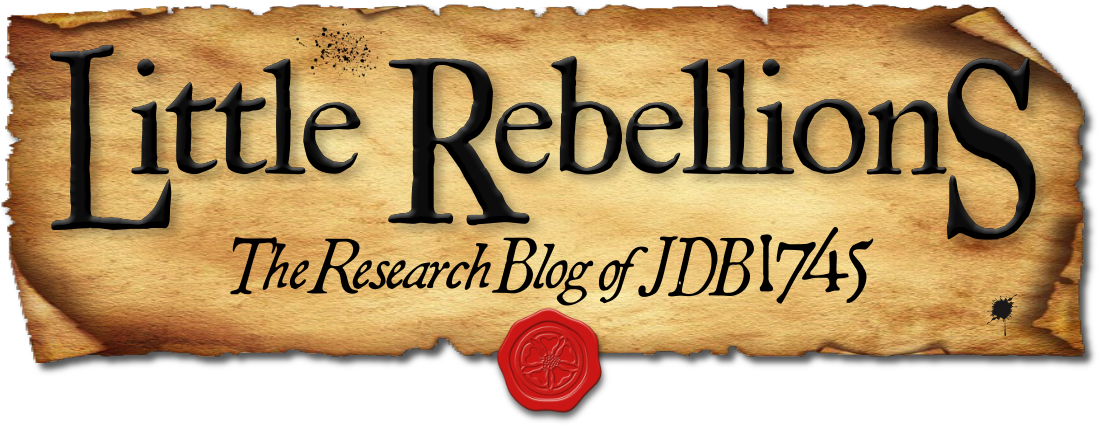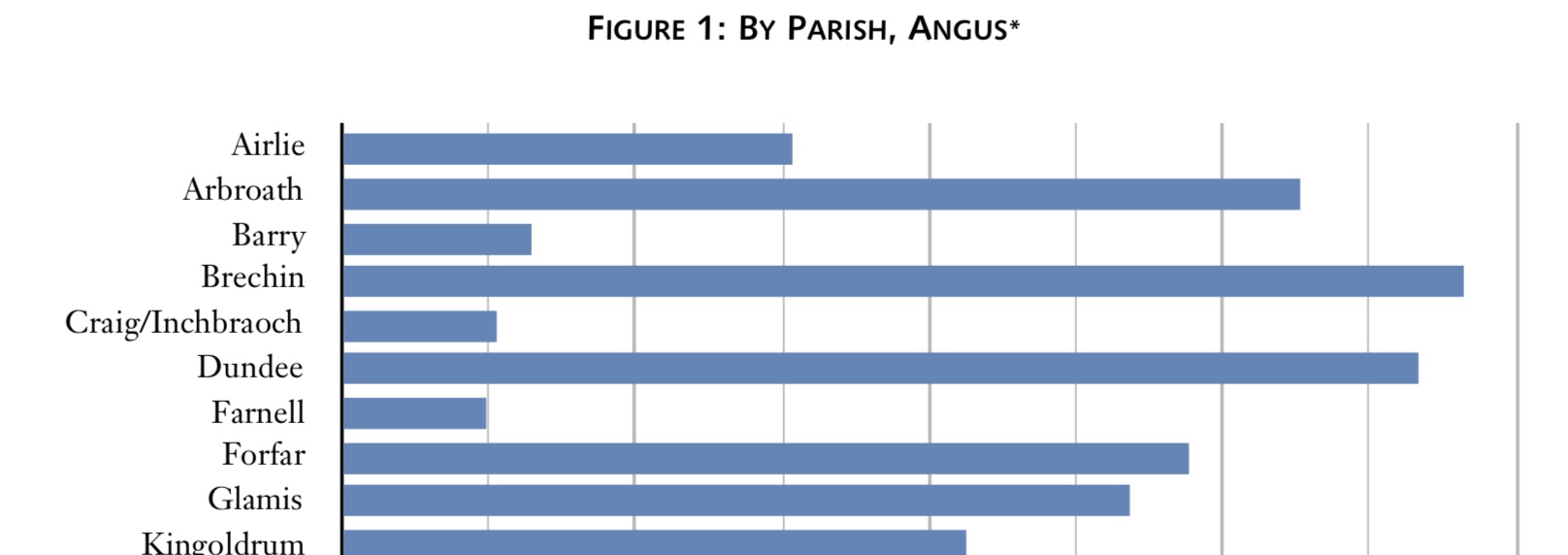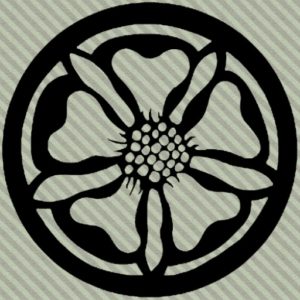Much of the enduring memory and emotion of the final, failed Jacobite challenge blooms from the British government’s retributive and bloody response in the aftermath of Culloden. In what Allan Macinnes calls the ‘exemplary civilizing’ of remote areas of Scotland, a calculated campaign of violent suppression was waged upon recalcitrant communities whether or not they were directly involved in active rebellion.1 Whether tantamount to genocide, as some scholars have argued, the cantonment schemes established in Culloden’s wake and the retaliatory expeditions against communities singled out by government intelligence networks undeniably had a disastrous effect upon ‘Scottish Highland’ culture, though these depredations were not by any means meted out only in the Highlands.
Category: Research (page 6 of 7)
Though it is easy to get lost in the romantic historical record of a conflict like the Jacobite risings, occasionally a document comes to light that viscerally describes the dreadful effects of civil war from a time long past. Jail returns like this one, which registers some of the sick and wounded who were confined in Stirling Castle during the spring of 1746, tell us a number of things about the cost of battle in eighteenth-century Britain – both literally and figuratively. This particular return from the National Library of Scotland lists the names and conditions of twenty-six men held at the castle and treated by the doctor there, and some of the language used to describe the wounds of these men truly brings the past alive in a horrific manner.1
Not all of these prisoners were Jacobite soldiers. Only six on the list are specifically noted as ‘rebels’, though three others are recorded as having been in league with Lord John Drummond’s troops in French service, who came to Scotland in the winter of 1745 to fight in the Jacobite army. A further three individuals are simply described as ‘Highland men’, but the implication is that they were also in prison for treasonable acts. At least two of the men appear to be deserters from British army regiments, and the other dozen are not identified by their crimes. Nonetheless, the grisly conditions recorded about many of these prisoners tell of their adversity.
In our previous two posts, we introduced a case study model to demonstrate the utility of JDB1745 and we discussed a possible methodology that will give us more accurate results than what has hitherto been published. Now that we have examined the data’s lineage, established as much objectivity as possible, and implemented authority records in our model of Lord Ogilvy’s regiment, we are ready to take a look at the information and organize it in a way that facilitates the most useful analysis for our needs.1 We know that our assessment will not be comprehensive, as more sources are revealed and further biographical information is entered into the database. Yet we can take a ‘snapshot’ based upon the data that we do currently have. Here is what the numbers look like:
- Mackintosh’s Muster Roll: 628
- Rosebery’s List: 41
- Prisoners of the ’45: 276
- No Quarter Given: 761
To these, a few further sources can be consulted to add yet more names to the overall collection. A document at the National Library of Scotland, for example, contains another twenty two from Ogilvy’s regiment, and 362 more with no particular regimental attribution.2 A broadsheet distributed by the Deputy Queen’s Remembrancer from 24 September 1747 furnishes a list of 243 gentlemen who had been attainted and judged guilty of high treason, some of whom had likely marched with the Forfarshire men.3 Various other documents from NLS and in the Secretary of State Papers (Scotland, Domestic, and Entry Books) at the National Archives in Kew contribute thousands more, as do those from the British Library, Perth & Kinross Archives, Aberdeen City & Aberdeenshire Archives, and dozens of other publicly accessible collections.4 With a baseline collation of the major published sources regarding Lord Ogilvy’s regiment, buttressed by a few other useful manuscript sources, we have a solid corpus of data to examine.
© 2025 Little Rebellions
Modified Hemingway theme by Anders Noren — Up ↑







